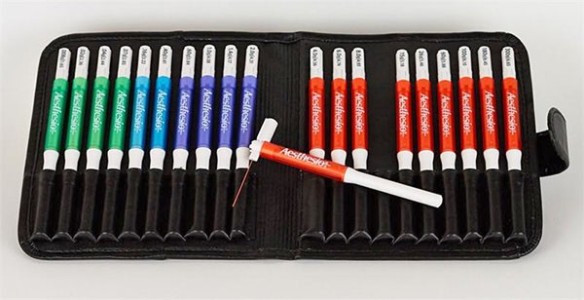Authors
N Montalbetti and MD Carattino
Lab
University of Pittsburgh, Pittsburgh, Pennsylvania, USA
Journal
American Journal of Physiology-Renal Physiology
Abstract
Sensitization of neuronal pathways and persistent afferent drive are major contributors to somatic and visceral pain. However, the underlying mechanisms that govern whether afferent signaling will give rise to sensitization and pain are not fully understood. In the present report, we investigated the contribution of acid-sensing ion channels (ASICs) to bladder nociception in a model of chemical cystitis induced by cyclophosphamide (CYP). We found that the administration of CYP to mice lacking ASIC3, a subunit primarily expressed in sensory neurons, generates pelvic allodynia at a time point at which only modest changes in pelvic sensitivity are apparent in wild-type mice. The differences in mechanical pelvic sensitivity between wild-type and Asic3 knockout mice treated with CYP were ascribed to sensitized bladder C nociceptors. Deletion of Asic3 from bladder sensory neurons abolished their ability to discharge action potentials in response to extracellular acidification. Collectively, the results of our study support the notion that protons and their cognate ASIC receptors are part of a mechanism that operates at the nerve terminals to control nociceptor excitability and sensitization.
BIOSEB Instruments Used
Von Frey Filaments (Bio-VF-M)
Source :

 Douleur - Allodynie/Hyperalgésie Thermique
Douleur - Allodynie/Hyperalgésie Thermique Douleur - Spontanée - Déficit de Posture
Douleur - Spontanée - Déficit de Posture Douleur - Allodynie/Hyperalgésie Mécanique
Douleur - Allodynie/Hyperalgésie Mécanique Apprentissage/Mémoire - Attention - Addiction
Apprentissage/Mémoire - Attention - Addiction Physiologie & Recherche Respiratoire
Physiologie & Recherche Respiratoire




































 Douleur
Douleur Système Nerveux Central (SNC)
Système Nerveux Central (SNC)  Neurodégénérescence
Neurodégénérescence Système sensoriel
Système sensoriel Système moteur
Système moteur Troubles de l'humeur
Troubles de l'humeur Autres pathologies
Autres pathologies Système musculaire
Système musculaire Articulations
Articulations Métabolisme
Métabolisme Thématiques transversales
Thématiques transversales Congrès & Meetings
Congrès & Meetings 